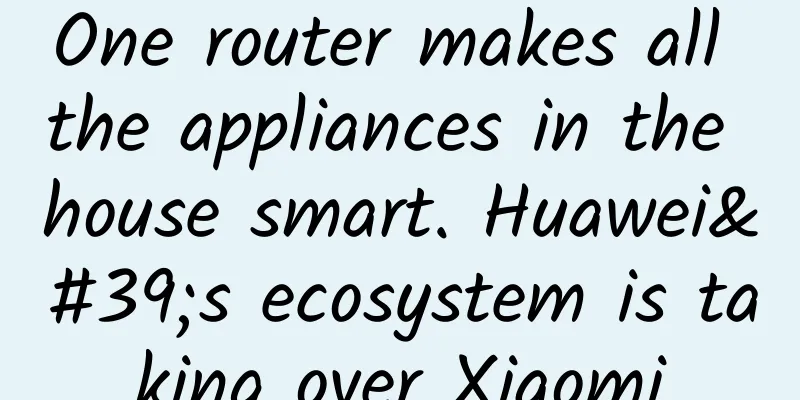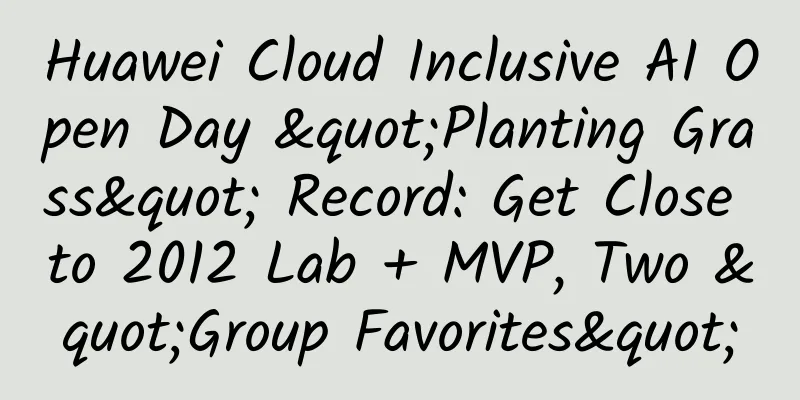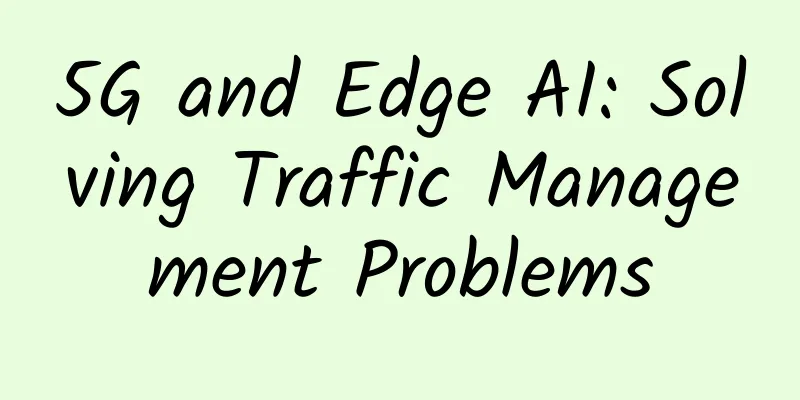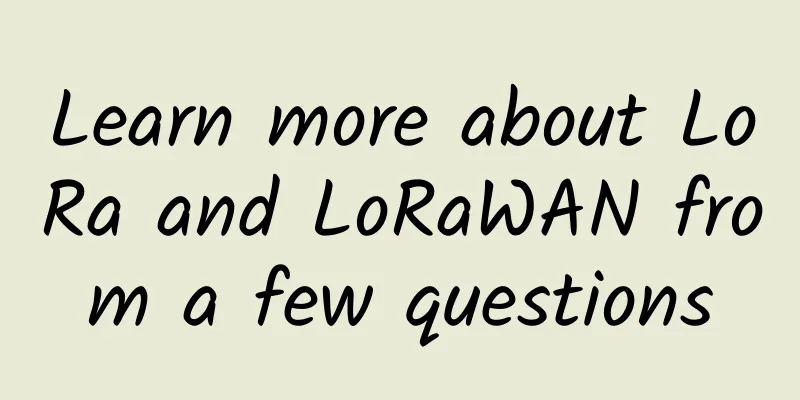Explore how Gateway API works in Service Mesh
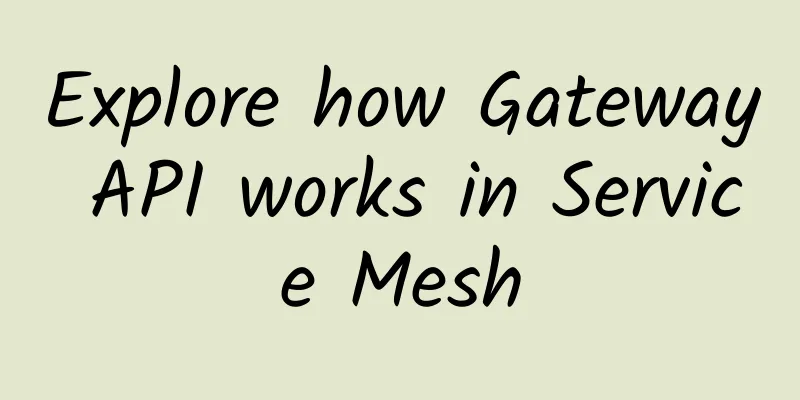
|
A few days ago, Gateway API announced that it would support service mesh in 0.8.0[1]. This means that GAMMA[2] (Gateway API for Mesh Management and Administration) has made new progress, although it is still in the experimental stage. When Gateway API released 0.5.0 last June, I also wrote an article about what SMI and the GAMMA initiative of Gateway API mean? [3]. Now, SMI has been in the annual review of the sandbox project for several months and has not been submitted yet[4]. What a pity. Without further ado, let's take a look at how the Gateway API under 0.8.0 works in Service Mesh. TL;DRThe Gateway API's support for service mesh is still in the experimental stage, but some vendors have already followed up (of course, it is still in the experimental stage). Compared to the Gateway API, which handles north-south traffic by binding routes to Gateway resources[5], routes in the mesh are bound to Services. In simple terms, Services proxy the role of Gateway, but the Service is the target Service. Service Mesh in Gateway APITo talk about service mesh, let's first look at service. Abstract ServiceService is an independent resource in Kubernetes. The abstraction here refers to logical abstraction, which is abstracted into two parts: front-end and back-end. The frontend is usually the DNS name or ClusterIP of the Service; the backend is the Endpoint or EndpointSlice selected by the label selector. picture Routing and Servicespicture Binding the route directly to the Service is considered the best option at present. The Service is too tightly coupled with other resources, such as IP allocation, DNS, endpoint set, load balancing, etc. However, it is also the only best option in the current grid design. In the future, we will seek better options, such as ServiceBinding (see below). The advantage of doing this is that the frontend and backend of the service are associated with parentRef and backendRef in the current xRoute API respectively, without introducing additional APIs. Different times, the backendRef in the xRoute API can also be a Service, but when routing the request, the target is still Endpoint or EndpointSlice, but they are not strongly associated with the Service in parentRef.
Request Process
Routing namespaceThe reason why we mention namespaces is that routes and services have different meanings in the same or different namespaces. Same namespaceThe route smiley-route and the service smiley are in the same namespace faces, and a request timeout of 100ms is set on the route. This means that all requests to the service smiley (from any workload in any namespace) and matching the smiley-route routing rule are affected by the timeout configuration. This type of routing is called a producer route[6] and affects all requests destined for that service. Different namespacesThe route smiley-route and Service smiley are in different namespaces. What is different from the above is that all requests accessing Service smiley (from any workload under the namespace fast-clients ) and matching the routing rule of smiley-route are affected by the timeout configuration. This type of routing is called consumer routing [7] and affects all requests to the wood carving service in the same namespace. picture Multiple Routes on the Same ServiceThe prerequisite here is that these routes are all in the same namespace, that is, they are both producer routes or both consumer routes. In this case, the routes will be merged according to the route merging rule[8]. If you want to configure different consumer routes for multiple workloads in the same namespace, this is not possible yet. For example, two consumer routes smiley-route-50 and smiley-route-100 are defined below Routing and PolicyI have previously written an article introducing the policies in the Gateway API. If you are interested, you can read the article Understanding Policy Attachment of the Kubernetes Gateway API[9]. Policy attachment can be very simple in a mesh. A policy can be applied to any resource in any namespace, but if the target is in a different namespace, it can only be applied to requests coming from the same namespace (following the logic of consumer routing). picture Grid consistency testingFirst, let’s take a look at what a consistency profile is[10]:
Currently, there are HTTP, TLS, and TLSPassthrough (basically they are organized according to xRoute, so there will be GRPC, TCP, and UDP in the future). For service mesh, a `mesh` profile has also been proposed [12]. The official blog [13] mentioned that the Gateway API implementations in Kuma 2.3+, Linkerd 2.14+, and Istio 1.16+ have all passed the mesh consistency test, but no test reports have been seen so far, and they are probably still being uploaded. References[1] Gateway API announced support for service mesh in 0.8.0: https://gateway-api.sigs.k8s.io/blog/2023/0829-mesh-support/#service-mesh-support-in-gateway-api [2] GAMMA: https://gateway-api.sigs.k8s.io/concepts/gamma/ [3] What does the SMI and Gateway API GAMMA initiative mean?: https://atbug.com/why-smi-collaborating-in-gateway-api-gamma/ [4] Still no commit after several months: https://github.com/servicemeshinterface/smi-spec/issues/254 [5] Gateway resources: https://gateway-api.sigs.k8s.io/references/spec/#gateway.networking.k8s.io/v1beta1.Gateway [6] Producer Route: https://gateway-api.sigs.k8s.io/concepts/glossary#producer-route [7] Consumer Route: https://gateway-api.sigs.k8s.io/concepts/glossary#consumer-route [8] Route merging rules: https://gateway-api.sigs.k8s.io/api-types/httproute#merging [9] Understanding Kubernetes Gateway API Policy Attachment in one article: https://atbug.com/explore-k8s-gateway-api-policy-attachment/ [10] Consistency configuration file: https://gateway-api.sigs.k8s.io/geps/gep-1709/ [11] Official repository for conformance test reports: https://github.com/kubernetes-sigs/gateway-api/tree/main/conformance/reports [12] Mesh configuration file: https://gateway-api.sigs.k8s.io/geps/gep-1686/ [13] Official blog: https://gateway-api.sigs.k8s.io/blog/2023/0829-mesh-support/ |
<<: What is the use of computing power, which has been so popular recently?
>>: UK 3G networks to end in 2025
Recommend
SoftShellWeb: Netherlands/San Jose VPS 10% off first month starting at $0.5
In order to let more users experience its VPS hos...
Kunpeng Technology Open Day came to Shenzhen Futian to see how cloud-intelligence integration will open up the future
[51CTO.com original article] At 2:00 pm this Satu...
ProfitServer Netherlands VPS 50% off, unlimited traffic VPS monthly payment starts from $2.88
ProfitServer is a Russian hosting company founded...
Linode: Cloud servers in 24 data centers around the world starting at $5/month, new users get $100 for free
It has been a long time since I shared informatio...
China Mobile Xiongyan Consulting Insights: 5G URLLC Key Technology Research Report
Labs Guide URLLC "Low Latency High Reliabili...
The competition among the four major data center host network virtualization technologies
Since it is the virtualization of the host networ...
SoftShellWeb December Special Package, Netherlands/San Jose/Taiwan VPS monthly payment of $9.99
SoftShellWeb has released a special package for D...
[11.11] RackNerd: $11/year-1GB/12G SSD/2TB/San Jose/Seattle/Dallas and other data centers
RackNerd has launched this year's Double 11 p...
6 AIOps trends for 2021
[[386132]] The increasingly decentralized, hetero...
The world's first batch of 5G-enabled Wi-Fi hotspots are here
There is no need to wait until 2020. Now the worl...
In the new infrastructure era, intelligent connectivity is driving digital transformation into the fast lane
Bi Shouwen, Vice President of H3C Group and Presi...
12 CMD command tools in Windows that network engineers must master!
Hello everyone, I am the "person" that ...
Is China going to build its own Internet root server?
[[269137]] On June 26, an article titled "Th...
5G brings unlimited opportunities to different industries
The workplace of tomorrow will look different tha...
